추천 제품
재조합
expressed in HEK 293 cells
분석
≥95% (SDS-PAGE)
양식
lyophilized powder
효능
attachment assay, measured by the ability of the immobilized agrin to support the adhesion of PC12 cells
기술
cell culture | mammalian: suitable
적합성
endotoxin tested
배송 상태
ambient
저장 온도
−20°C
일반 설명
Agrin C-terminal human recombinant is expressed in human HEK 293 cells as a glycoprotein with a calculated molecular mass of 87 kDa (amino acids Ala1260-Pro2045, with an N-terminal His tag). The DTT-reduced protein migrates as a ∼100 kDa polypeptide on SDS-PAGE due to glycosylation. This protein is manufactured in human cells, with no serum. The human cells expression system allows human-like glycosylation and folding, and often supports higher bioactivity of the protein.
생화학적/생리학적 작용
Agrin is a large extracellular heparan sulfate proteoglycan that is involved in the formation of the neuromuscular junction.
Agrin triggers the aggregation of acetylcholine receptors via the muscle-specific kinase (MuSK) and the low-density lipoprotein receptor-related protein 4 (Lrp4) receptor complex.
Agrin is required for the full regenerative capacity of neonatal mouse hearts.
Recombinant agrin has been shown in vitro to promote cardiomyocyte proliferation, as studied in mouse-induced and human-induced pluripotent stem cells. Recombinant agrin has been shown in vivo to promote cardiac regeneration, after induction of myocardial infarction in adult mice.
Agrin triggers the aggregation of acetylcholine receptors via the muscle-specific kinase (MuSK) and the low-density lipoprotein receptor-related protein 4 (Lrp4) receptor complex.
Agrin is required for the full regenerative capacity of neonatal mouse hearts.
Recombinant agrin has been shown in vitro to promote cardiomyocyte proliferation, as studied in mouse-induced and human-induced pluripotent stem cells. Recombinant agrin has been shown in vivo to promote cardiac regeneration, after induction of myocardial infarction in adult mice.
Storage Class Code
11 - Combustible Solids
WGK
WGK 2
가장 최신 버전 중 하나를 선택하세요:
Xiu-Qing Fu et al.
Cell discovery, 6, 9-9 (2020-03-07)
During the development of mammalian neuromuscular junction (NMJ), the original supernumerary axon inputs are gradually eliminated, finally leaving each muscle fiber innervated by a single axon terminal. However, the molecular cues that mediate the elimination of redundant axon inputs remain
자사의 과학자팀은 생명 과학, 재료 과학, 화학 합성, 크로마토그래피, 분석 및 기타 많은 영역을 포함한 모든 과학 분야에 경험이 있습니다..
고객지원팀으로 연락바랍니다.



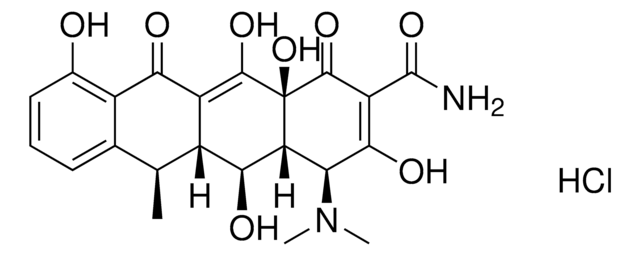
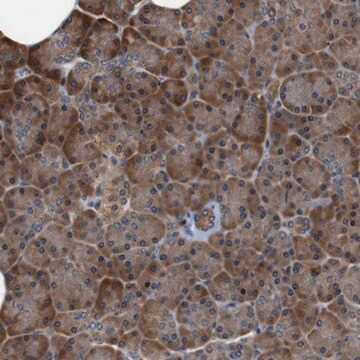
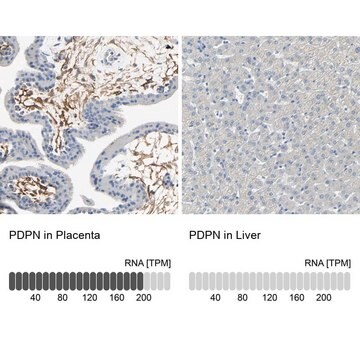
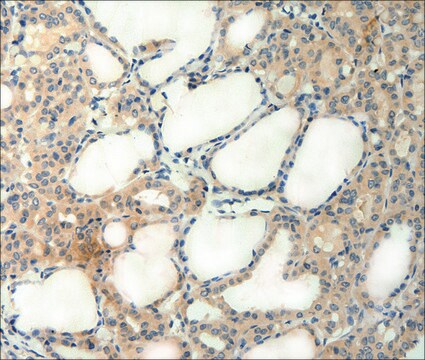
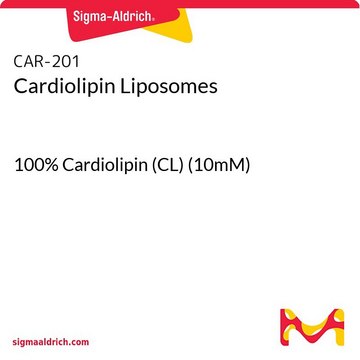
![(−)-2,2′-Isopropylidenebis[(4S)-4-phenyl-2-oxazoline] 97%](/deepweb/assets/sigmaaldrich/product/structures/297/720/a29f61c3-34e4-410c-acdd-241699b80af3/640/a29f61c3-34e4-410c-acdd-241699b80af3.png)